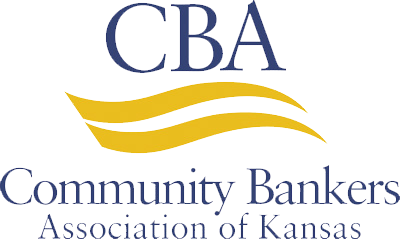As we head into the final months of 2022, the CECL deadline seems to be coming faster and faster. If your bank hasn’t already adopted or finalized your CECL process, we can provide support that’s equally quick – whether you simply need answers to help you over some hurdles or the compliance efficiency that comes with our CECLSolver™ solution. Please feel free to contact us for a brief consultation. We talk and work with bankers every day to address and help alleviate their CECL concerns. In the meantime, here are some common questions we receive about our CECLSolver™ tool, its methodology, and what we’re hearing from regulators, accountants and other bankers.
Questions & Answers: What banks are asking about CECLSolver™.
Is it too late to get started with CECLSolver to meet the 2023 Q1 compliance date?
Absolutely not. Every week we consult with banks who are just now starting on CECL compliance – and assure them there’s no need to panic. CECLSolver is easy to use and was built on regulatory guidance to make compliance as painless and efficient as possible for banks. And QwickRate’s excellent customer service will guide and support you along the way.
What methodology does CECLSolver use?
CECLSolver mainly uses a Weighted Average Remaining Maturing (WARM) methodology, with elements of Open Pool/Snapshot – one of the more straightforward methodologies vetted and discussed by FASB and regulators for meeting CECL compliance. The tool automatically displays historical losses (by segment) and calculates lifetime loss rates over WARM periods. There’s no need to compile past information, and analysis of different loss scenarios is quick and easy. CECLSolver also aggregates long-term peer loss data for standard or customized peer groups. Experts are standing by to help with WARM calculations created by your team or ours.
Will regulators be receptive to this methodology?
Regulators continue to emphasize that “… for smaller, less complex community banks, complex modeling techniques are not required, and simple practical methods should work.”* We’re sensing an even greater acceptance of portfolio-based solutions and the WARM methodology, which is becoming the preferred choice of community banks. Regulators frequently note that bankers are constrained by the data they can access, making overly complex CECL methodologies a nonstarter for many institutions. This is why a portfolio-based solution continues to be appropriate for helping more banks accomplish what their regulators look for – with very little work on their part.
What can a bank expect when they first log in to the tool?
Banks immediately see actionable results the first time they sign in to CECLSolver. We preload their historical call report data and the entire universe of historical data for peers at the segment level. It’s a huge time saver when you can pull up a tool and instantaneously have an entire picture of your loss history, by segment, before you even change anything. Not only yours but also your peers. From there, you can edit the template, peer groups, Q factor adjustments and individually assessed loans, etc., as needed.
What advice do you have regarding the number of detail auditors/regulators expect?
Auditors and regulators will definitely ask for the bank’s model and the model results. They also ask for documentation of your thought process and justifications for your assumptions. This is a huge best practice banks should be aware of: document, document, document: your rationale for each assumption, any changes from your last run, etc. Multiple places throughout the tool allow you to add notes about your assumptions – all efficiently organized by loan segment – to build that narrative. Whenever you print or export the tool for auditors/examiners, those notes will be attached, walking them (and you) through your thought processes, which is really what they’re looking for. An audit trail of this kind will be critical, especially the first year.
What can a customer expect in the future for CECLSolver?
As we help customers and meet with examiners and auditors, we identify enhancements to continually incorporate into the tool. A great example would be adding the Federal Reserve’s SCALE tool as a second model or gut check. We also have a monthly Q&A Coffee Talk Session with customers and take their suggestions and requests back to our team. We will continue these efforts: listening and partnering with users, regulators and auditors; investing in the CECLSolver tool; and working hard to make CECL compliance a worry-free experience.
Request a demo with your data. Find out why hundreds of community banks are already using CECLSolver to address CECL compliance. Schedule at www.qwickrate.com or email info@qwickrate.com.
*From CECL Webinar for Bankers: Practical Examples of How Smaller, Less Complex Community Banks Can Implement CECL (by FDIC, FRB with the CSBS, the FASB, and SEC) February 27, 2018.
Shawn O’Brien is president of QwickRate, providing practical and affordable solutions for community banks for more than 30 years. An ICBA Preferred Service Provider. Schedule at www.qwickrate.com or email info@qwickrate.com.









